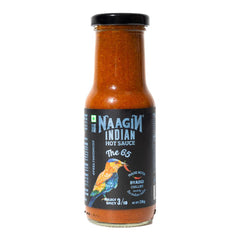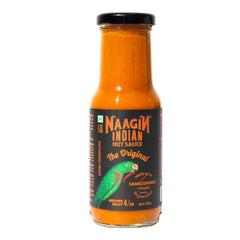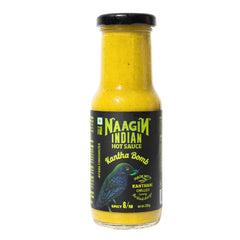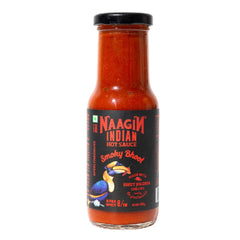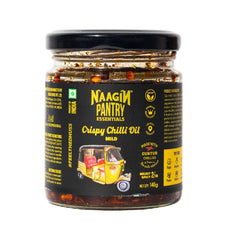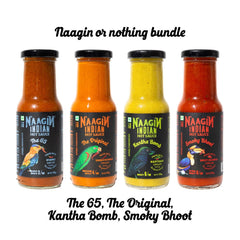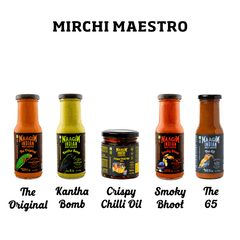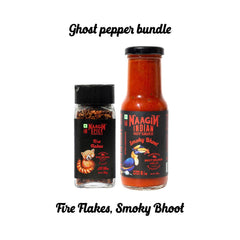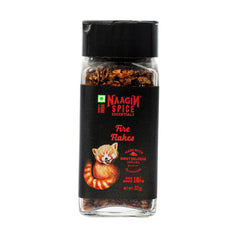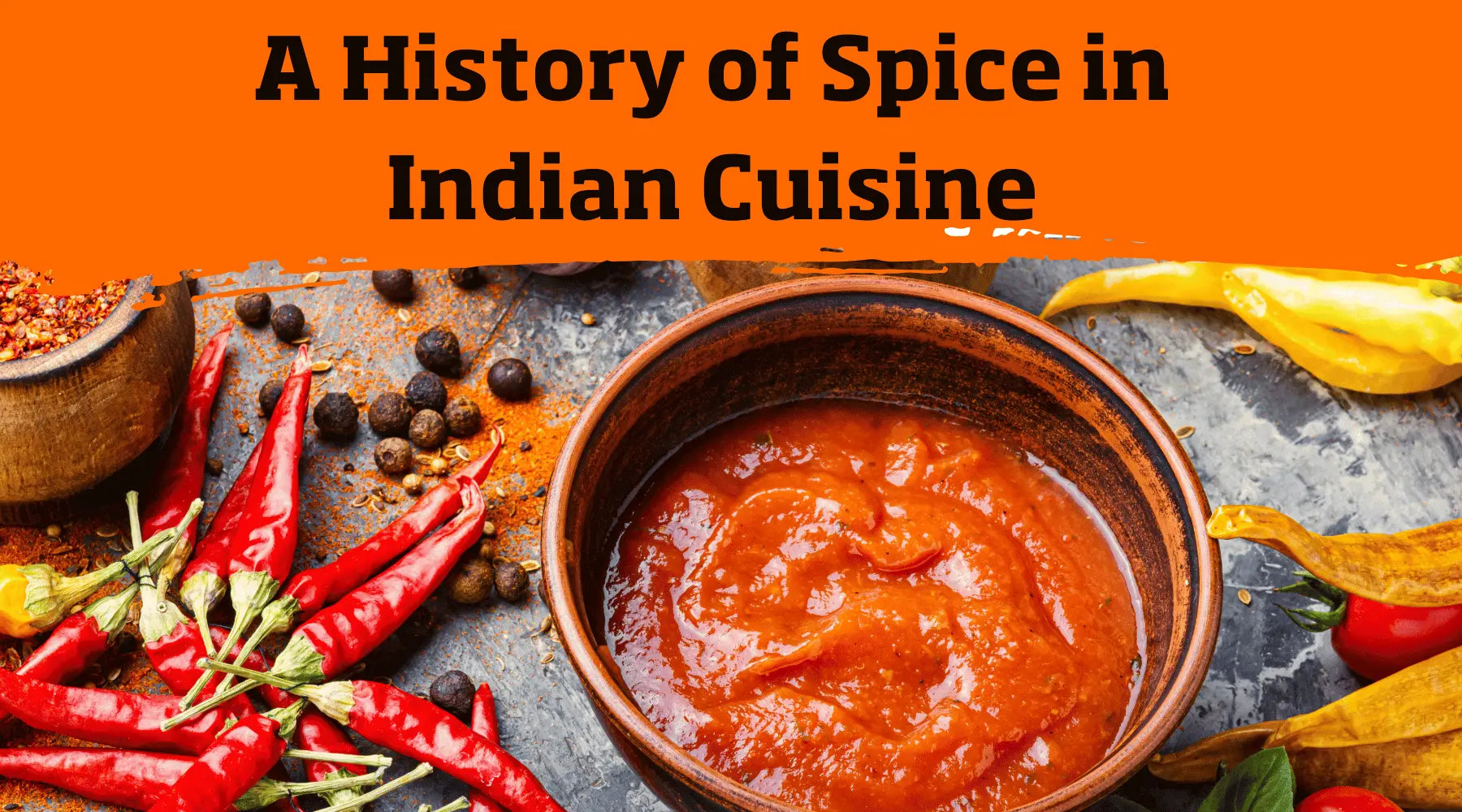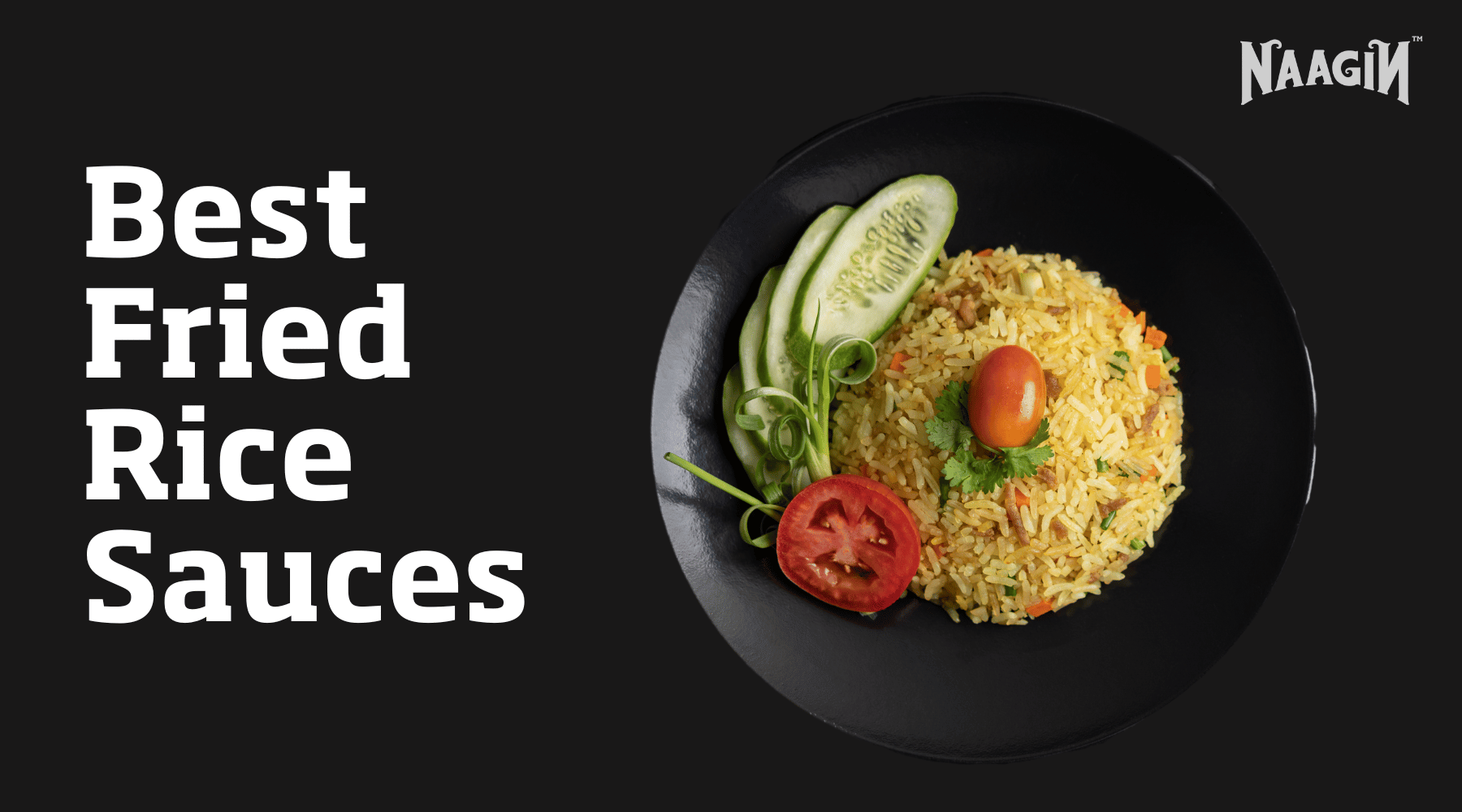
Indian food is famous for its amazing taste - a mix of many different spices. But the heat we know today wasn't always there! Let's travel back in time to see how Indian food got its flavour.
Before the Fiery Pepper (Before 1500s):
For thousands of years, Indians have loved spices. Old books like the Vedas talk about using pepper, cardamom, ginger, and turmeric. They weren't just for taste, but for health too! Trade routes brought even more spices like cloves, cinnamon, and nutmeg from other countries.
People didn't just sprinkle these spices; they learned to mix them together to make special blends called masalas.
Every region in India had its masala, using spices grown nearby. For example, South India liked black pepper for heat, while North India used mustard seeds and a spice called asafoetida.
The Hot Newcomer Arrives (1500s):
When European explorers came in the 1500s, they brought a fiery red surprise: chilli peppers! At first, people thought they were strange, but they soon loved the new kind of heat they brought.
Over time, chillies were added to the existing spice blends, giving Indian food a whole new dimension of flavour.
Spice with a Twist:
The fiery red chilli pepper may be a common thread in Indian cuisine, but its journey across the vast subcontinent has been anything but uniform. South India, already a land of black pepper lovers, embraced chillies with open arms.
Legendary curries like the fiery Goan vindaloo and the robust Chettinad chicken were born. Here, chillies aren't shy – they're the stars of the show, bringing a powerful heat that defines the regional palate.
North India, on the other hand, took a more nuanced approach. Mughlai cuisine, famed for its rich curries and succulent kebabs, uses chillies with a lighter touch.
Think of it as a symphony of flavours, where heat complements the other spices rather than dominating them. This subtle approach is evident even today, with Kashmiri curries using chillies primarily for vibrant colour.
More Than Just Heat:
Remember, chillies are just one part of the story. Indian food is all about using many spices together.
Cumin adds a warm, earthy flavour, coriander gives a citrusy touch, turmeric makes things yellow and a little peppery, and the list goes on!
The key is to balance these different flavours to create a dish that's not just hot, but also super flavourful and complex.
Also Read:
Best Sauce for Chinese Food: Unveiling the Secrets of Mouthwatering Flavors
Make Spicy and Delicious Veg Noodles in Just 15 Minutes
The Future of flavour:
The story of spices in India is always changing. Today, chefs are mixing Indian spices with flavours from all over the world. They're also using special types of chillies, each with its own unique taste and heat level.
One thing is for sure: India's love affair with spice is here to stay, making their food even more exciting and delicious!
So next time you enjoy a flavourful Indian curry, take a moment to appreciate the long history behind each delicious bite. It's a reminder of how spices bring people together and create unforgettable meals.


